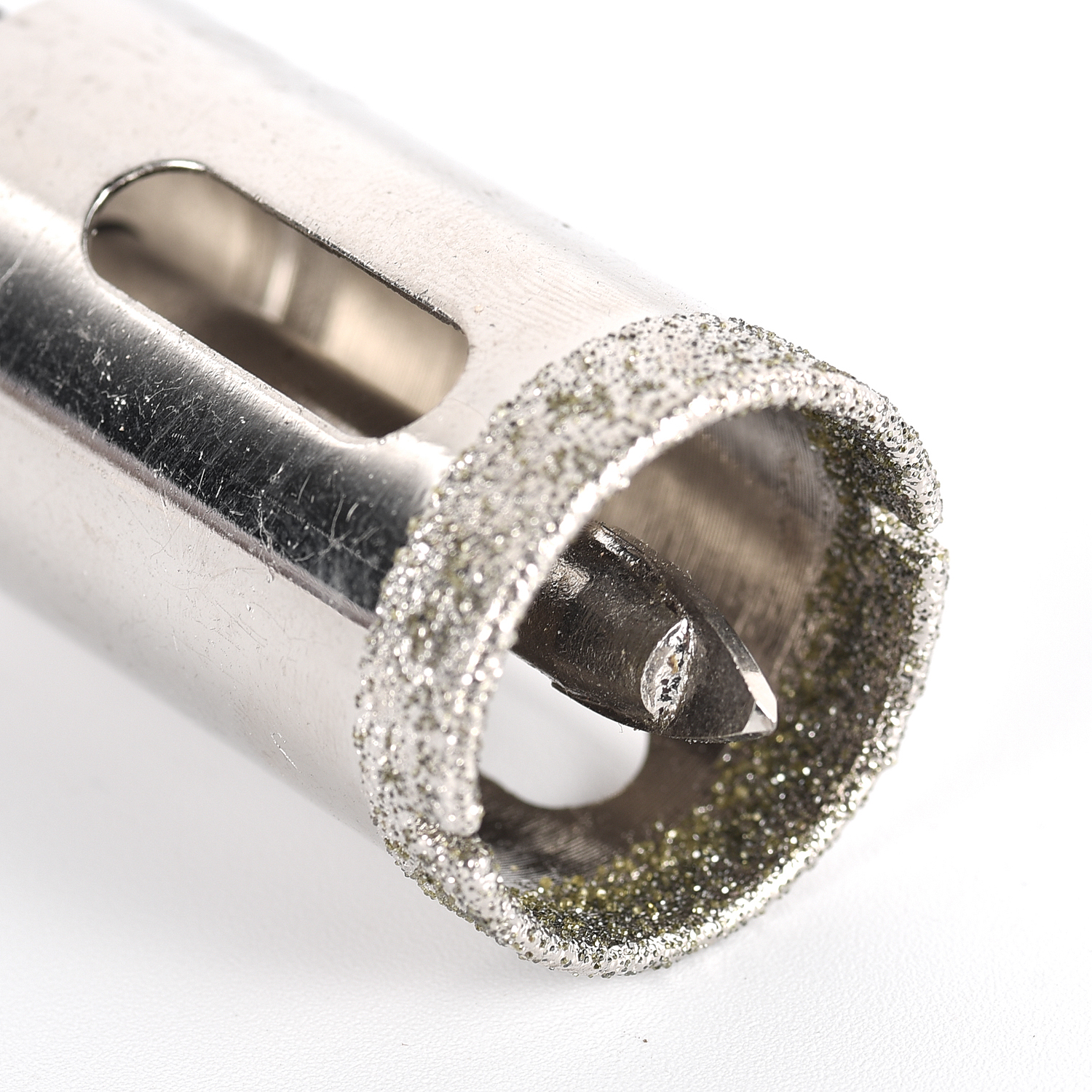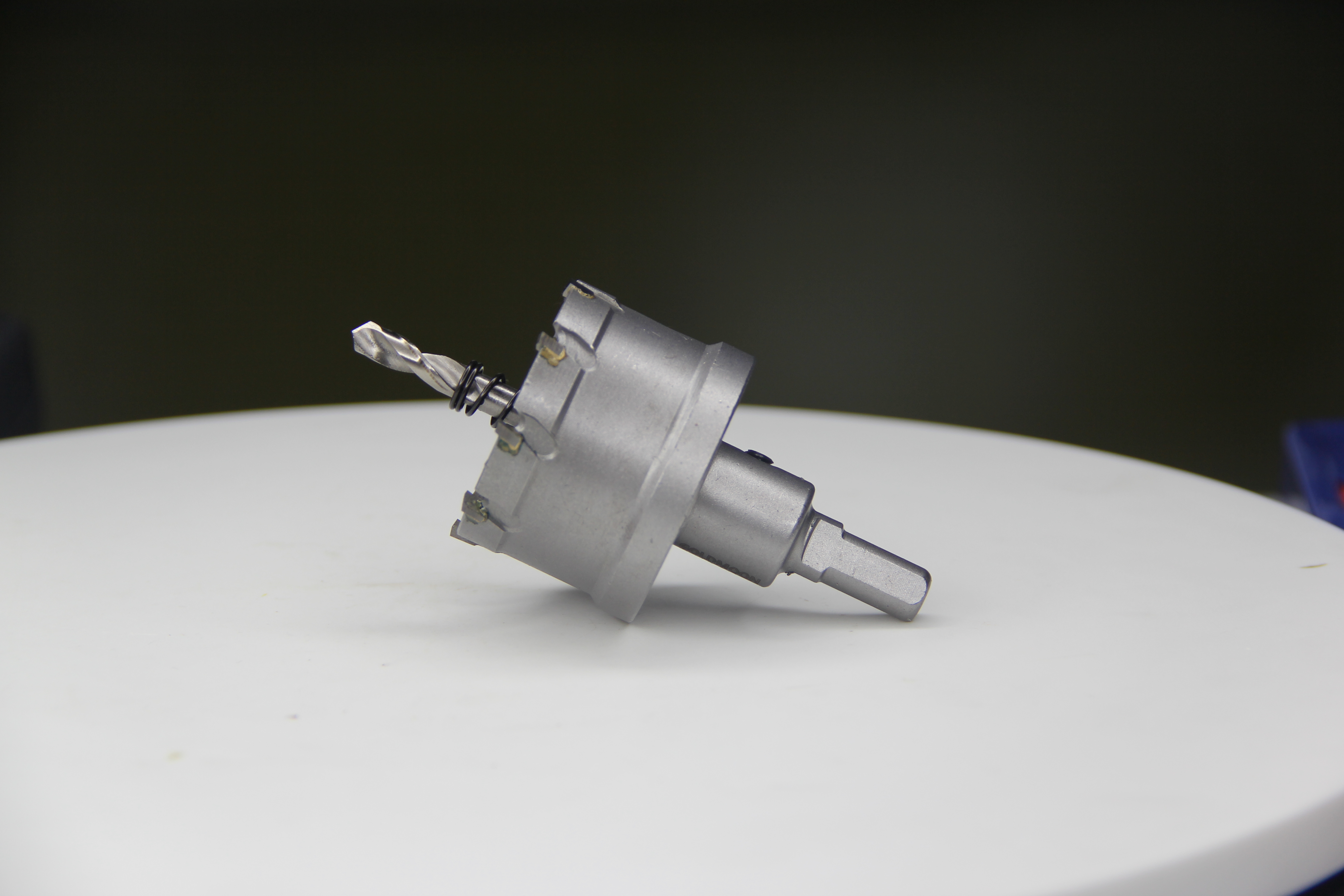The use of industrial vacuum cleaners in industrial production can be simply divided into general cleaning and production aids. As general vacuum cleaners, the requirements for the machines are not high. The general small vacuum cleaners can be used as auxiliary vacuum cleaners for production. The requirements for vacuum cleaners are relatively high. For example, if the motor runs continuously for a long time, the filter system cannot be blocked, explosion protection is required, and the filter system requires high precision. At the same time, different requirements for the use of multiple machines are required. To meet these requirements, you need to choose a professional Industrial vacuum cleaner. Industrial vacuum cleaners are not a few models that can solve all industrial use problems. Instead, they are based on different industries and production conditions to select models that are more suitable for solving current problems.
Here we have to clarify a few questions. First of all, there are two important parameters in the vacuum cleaner's technical data, namely air volume (m3/h) and suction (mbar). These two data are a decreasing function in the working curve of the vacuum cleaner and are dynamic. In other words, when the suction power of the industrial vacuum cleaner increases, the air intake of the nozzle will decrease. When the suction power is maximum, the air intake of the nozzle is zero (the nozzle is blocked), and the vacuum cleaner can suck away the working surface. The material, at that time because of the wind speed at the nozzle, the greater the wind speed, the stronger the ability to suck objects. Wind speed is generated by the combination of air volume and suction. When the air volume is small (10m3/h) and the suction force is large (500mbar), the material cannot be carried away because there is little airflow and there is no wind speed. For example, the liquid pump is used to transport liquid by atmospheric pressure. When the suction is small (15mbar) and the air volume is very large (2000m3/h), the material cannot be carried away because the air pressure in the pipeline is greatly reduced and there is no wind speed. For example, the dust removal equipment is to remove the dust in the air by ventilation. .
Secondly, there are two key components in the components of an industrial vacuum cleaner. They are the motor and the filter system. The motor ensures the basic performance of the vacuum cleaner. The filter system ensures the proper working performance of the vacuum cleaner. With a suitable motor, the vacuum can be guaranteed. The machine works normally, but the filtering system is not good, and it cannot solve the practical work problems, such as frequent filter plugging, poor dust removal effect of the oscillating system, and insufficient filtering accuracy of the filter. The filtration system is good, but the motor selection is not correct, and it can't solve the practical work problems. For example, the serial excitation motor has continuous operation capacity, overheating and burning, the swirling fan, the Roots blower, and the centrifugal fan have different focuses on the air volume and suction data. The matching vacuum cleaner is also used to solve different problems.
Again, the vacuum efficiency of industrial vacuum cleaners. Users often say that the efficiency of vacuum cleaners is not as good as that of broomsticks. It is not as good as air blowing guns. From a certain perspective, this is the case. During extensive cleaning, there is no sweeping broom to clean the garbage, but the broom cannot completely clean the working surface. It may cause dust to fly, some materials cannot be recycled, and some corners cannot wait. Air blow gun cleaning is also really fast, but it cleans a small work surface, but it pollutes the environment again and even damages the equipment. If the debris is full, it needs to be cleaned again. The debris blows into the guide rail or other operating parts of the equipment. The equipment is damaged. Therefore, the precision machining center prohibits the use of blow guns.
Industrial vacuum cleaner recommended for working conditions. If there is an explosion-proof place, or to absorb some materials that may cause burning or explosion due to sparks or overheating, explosion-proof industrial vacuum cleaners must be used.
Some working conditions may require anti-static and anti-electrification. Some customers now use pneumatic cleaners that are powered by compressed air and can operate continuously for 24 hours. It has been widely used in some special occasions.
Here we have to clarify a few questions. First of all, there are two important parameters in the vacuum cleaner's technical data, namely air volume (m3/h) and suction (mbar). These two data are a decreasing function in the working curve of the vacuum cleaner and are dynamic. In other words, when the suction power of the industrial vacuum cleaner increases, the air intake of the nozzle will decrease. When the suction power is maximum, the air intake of the nozzle is zero (the nozzle is blocked), and the vacuum cleaner can suck away the working surface. The material, at that time because of the wind speed at the nozzle, the greater the wind speed, the stronger the ability to suck objects. Wind speed is generated by the combination of air volume and suction. When the air volume is small (10m3/h) and the suction force is large (500mbar), the material cannot be carried away because there is little airflow and there is no wind speed. For example, the liquid pump is used to transport liquid by atmospheric pressure. When the suction is small (15mbar) and the air volume is very large (2000m3/h), the material cannot be carried away because the air pressure in the pipeline is greatly reduced and there is no wind speed. For example, the dust removal equipment is to remove the dust in the air by ventilation. .
Secondly, there are two key components in the components of an industrial vacuum cleaner. They are the motor and the filter system. The motor ensures the basic performance of the vacuum cleaner. The filter system ensures the proper working performance of the vacuum cleaner. With a suitable motor, the vacuum can be guaranteed. The machine works normally, but the filtering system is not good, and it cannot solve the practical work problems, such as frequent filter plugging, poor dust removal effect of the oscillating system, and insufficient filtering accuracy of the filter. The filtration system is good, but the motor selection is not correct, and it can't solve the practical work problems. For example, the serial excitation motor has continuous operation capacity, overheating and burning, the swirling fan, the Roots blower, and the centrifugal fan have different focuses on the air volume and suction data. The matching vacuum cleaner is also used to solve different problems.
Again, the vacuum efficiency of industrial vacuum cleaners. Users often say that the efficiency of vacuum cleaners is not as good as that of broomsticks. It is not as good as air blowing guns. From a certain perspective, this is the case. During extensive cleaning, there is no sweeping broom to clean the garbage, but the broom cannot completely clean the working surface. It may cause dust to fly, some materials cannot be recycled, and some corners cannot wait. Air blow gun cleaning is also really fast, but it cleans a small work surface, but it pollutes the environment again and even damages the equipment. If the debris is full, it needs to be cleaned again. The debris blows into the guide rail or other operating parts of the equipment. The equipment is damaged. Therefore, the precision machining center prohibits the use of blow guns.
Industrial vacuum cleaner recommended for working conditions. If there is an explosion-proof place, or to absorb some materials that may cause burning or explosion due to sparks or overheating, explosion-proof industrial vacuum cleaners must be used.
Some working conditions may require anti-static and anti-electrification. Some customers now use pneumatic cleaners that are powered by compressed air and can operate continuously for 24 hours. It has been widely used in some special occasions.
The hole saw, also known as the hole saw or hole saw, refers to a special circular saw in the processing of circular holes in modern industry or engineering. It is simple and flexible to operate, convenient to carry, safe and widely used. The hole opener (cutter) is installed on the ordinary electric drill, and it is convenient to cut round holes, square holes, triangular holes, straight lines and curves on the plane and sphere of various plates such as copper, iron, stainless steel and plexiglass.


Hole Saw,Hole Saw Kit,Hole Saw Cutter,Tile Hole Saw
Behappy Crafts (suzhou)Co.,Ltd , https://www.craftsbehappy.com